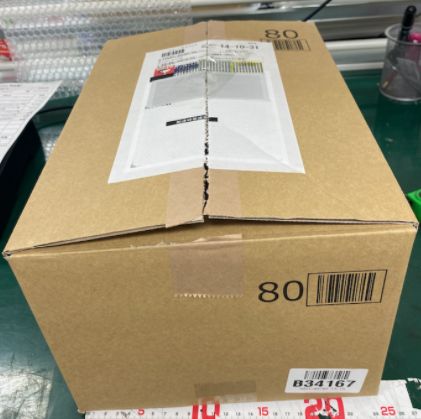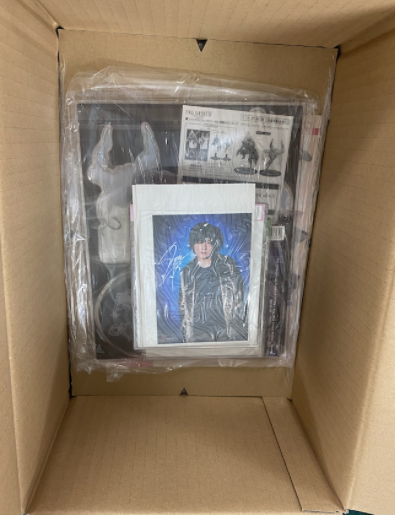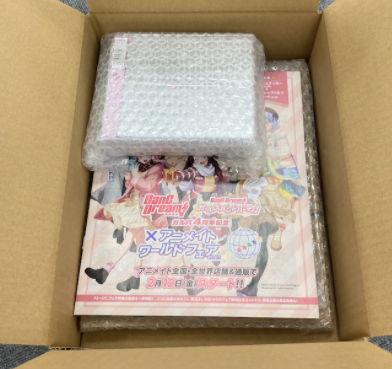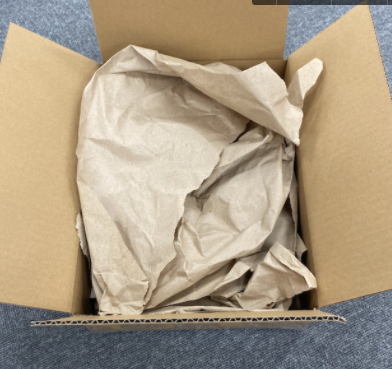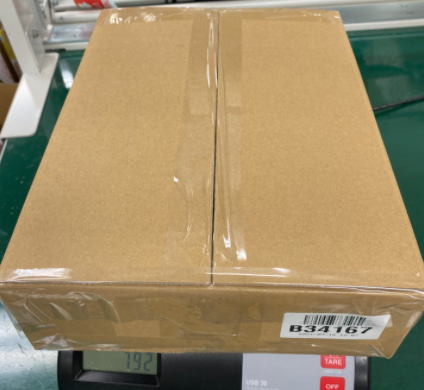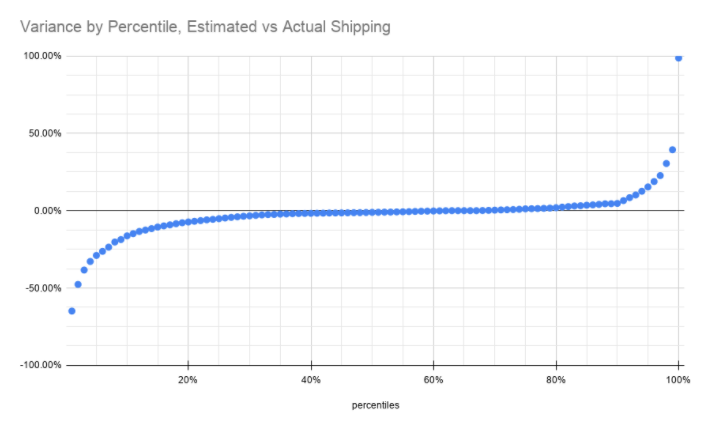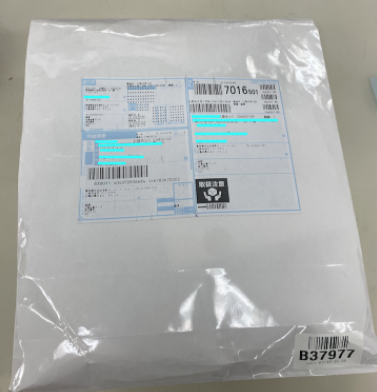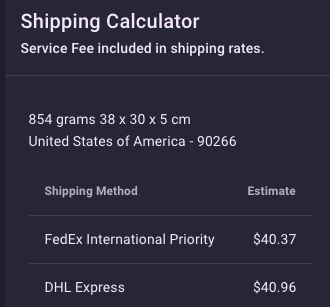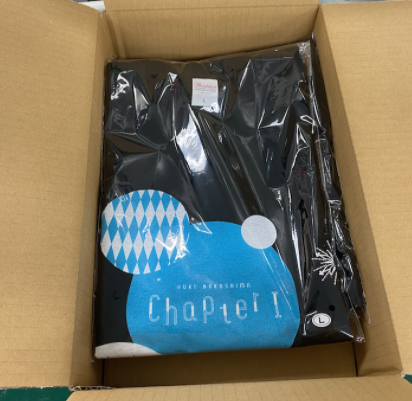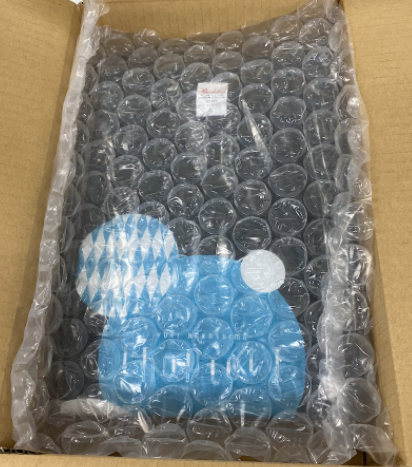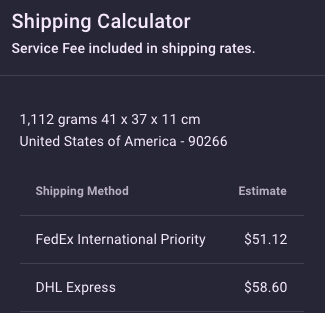About Repacking and Shipping Estimate
This article addresses concerns about how repacking packages affects shipping prices.
When your package arrives here at Blackship, we measure and weigh it as-is (in its original packaging) then release it to your mailbox. The estimated shipping rates displayed during shipping checkout are determined by these original package dimensions.
The reason why the actual shipping rates can vary from the estimated rates is that before shipping your package we may repack it to ensure it's well protected.
In some cases repacking can reduce the overall size and weight—decreasing the shipping fee. In other cases, repacking can increase the size and weight—increasing the shipping fee.
A. How repacking can reduce shipping costs
Many Japanese sellers tend to ship small items in large boxes, so significant savings can be gained on shipping when we repack into smaller volume cartons.
For example: We receive a large package with a few small items and a lot of empty space.
Current shipping rates to the US are as follows:
(You can check the estimation from this link: https://app.blackship.com/shipping-calculator)
We are able to reduce shipping costs by repacking the items into a smaller box, even after wrapping them in protective bubble wrap.
After repacking, the shipping rates to the US are as follows:
You can see from this table that the shipping fee actually decreases by 28.4% just by repacking the items into a smaller box!
The difference in the weight and dimension
Package | Before Repacking | After Repacking |
|---|---|---|
Weight | 848 grams | 792 grams |
Dimension | 36 x 25 x18 | 32 x 23 x 8 |
The difference in the Shipping Fee
Courier | Before Repacking | After Repacking | You save/ Price decrease by |
|---|---|---|---|
FedEx | $49.62 | $40.27 | 18.84% |
DHL | $57.10 | $40.87 | 28.4% |
Actual shipping rates for repacked packages exceed our estimate about 35% of the time. When actual shipping exceeds our estimate, 65% of the time, the increase is no more than a 5% change. And 77% of packages are within a 10% increase.
B. How repacking can increase shipping costs
Many Japanese sellers ship packages to us in cartons which are insufficient for overseas shipping. Most of these packages that arrive with us are simply inappropriately packed for overseas shipment. Japanese sellers often use envelopes or paper and plastic pages. Simple (non-corrugated) cardboard cartons are very common too—this is the kind of box commonly used for shoe boxes.
For example: We receive a package in a thin paper bag.
Current shipping rates to the US are as follows:
But while this type of packaging can survive a trip across town, especially here in Japan where packages are handled with care by conscientious postal workers, it's inappropriate for shipment across oceans.
So when it comes time to ship your package, our fulfillment team is trained to upgrade your package. When necessary, (depending on the content), we'll use stronger cartons and add padding and bubble wrap to protect your items on their journey across borders and oceans.
We added bubble wrap on top of the t-shirt to avoid the t-shirt got torn off when you open the package by cutter or sharp items:
After repacking, the shipping rates to the US are as follows:
You can see from the table below that repacking might make the actual shipping costs more than the estimated shipping most of the time.
The difference in the weight and dimension
Package | Before Repacking | After Repacking |
|---|---|---|
Weight | 854 grams | 1112 grams |
Dimension | 38 x 30 x 5 | 41 x 37 x 11 |
The difference in the Shipping Fee
Courier | Before Repacking | After Repacking | Price Increase by |
|---|---|---|---|
FedEx | $40.37 | $51.12 | 26.62% |
DHL | $40.96 | $58.60 | 43.12% |
But while repacking items that arrived in an envelope, bag, or thin-walled cardboard box into a proper single- or double-wall corrugated carton can result in higher shipping fees, please consider that we also have an obligation to pack things properly to protect your items from damage during international shipping. And please be rest assured that we have your best interest at heart in ensuring your items are well-protected.
Cause you wouldn't want to receive the item that you ordered far away from Japan come to you broken or in a not good condition, right? :(

